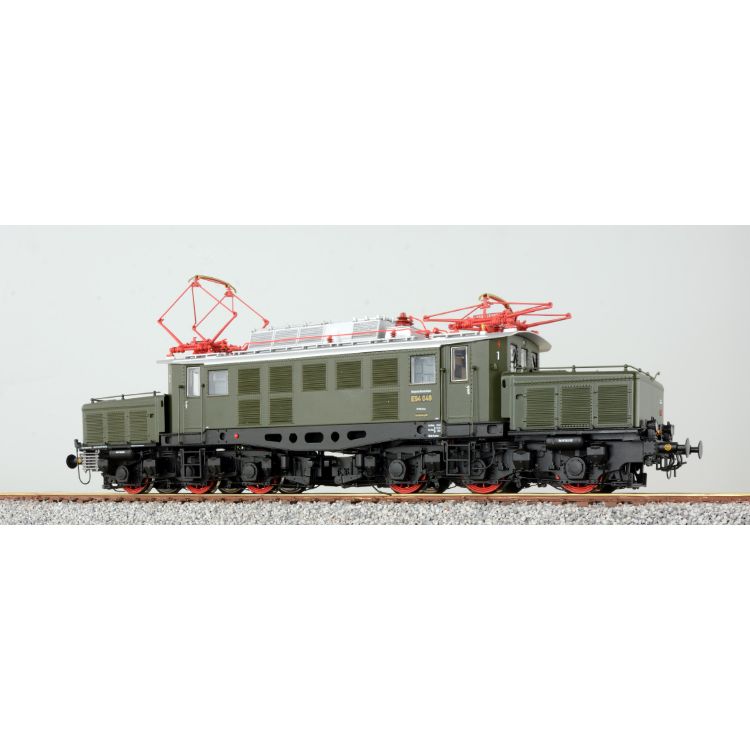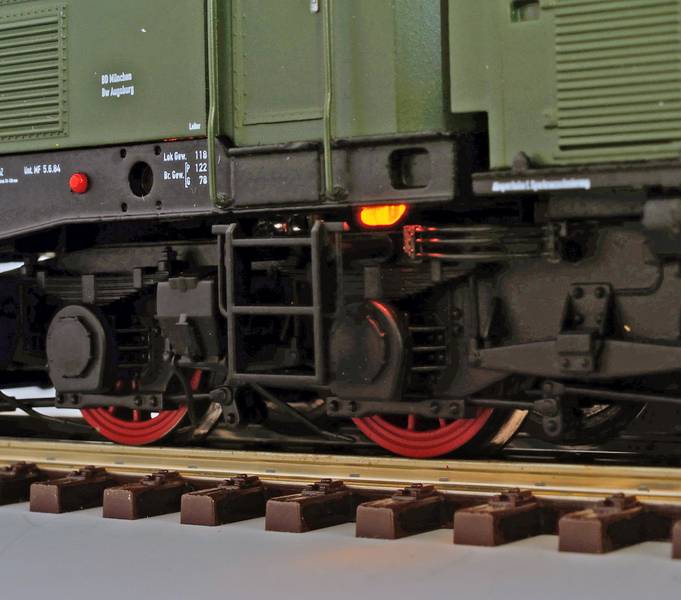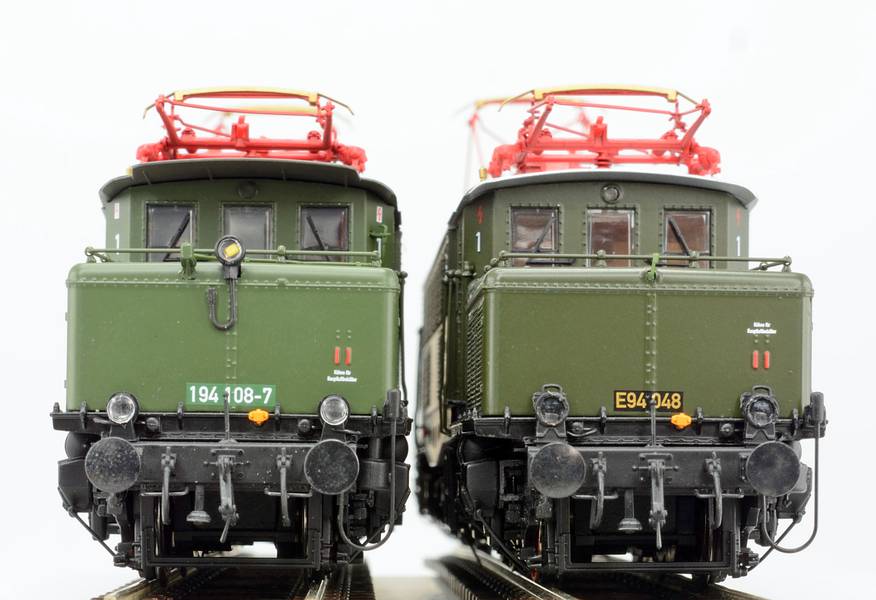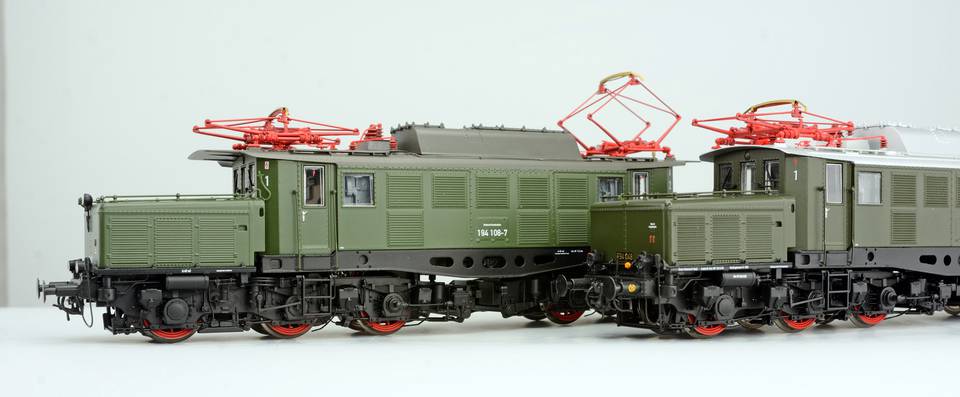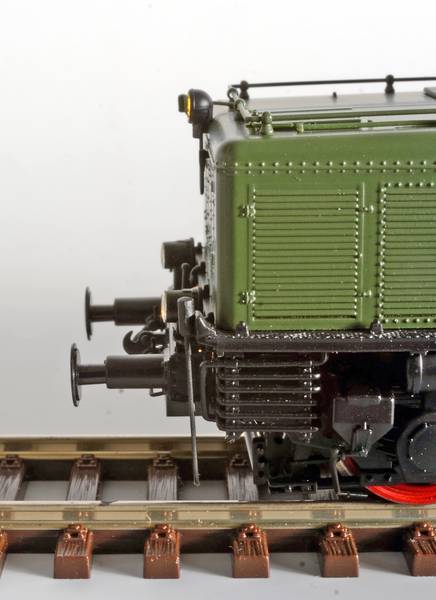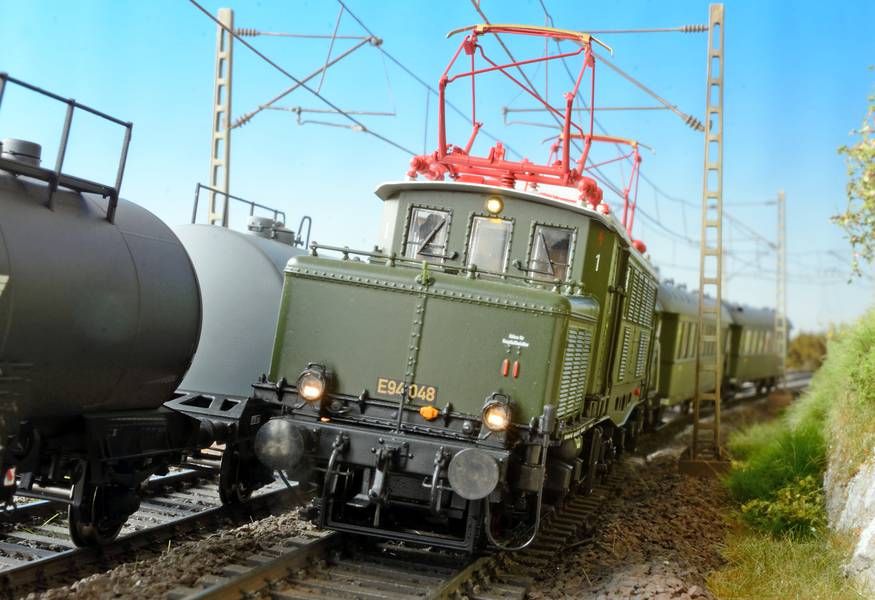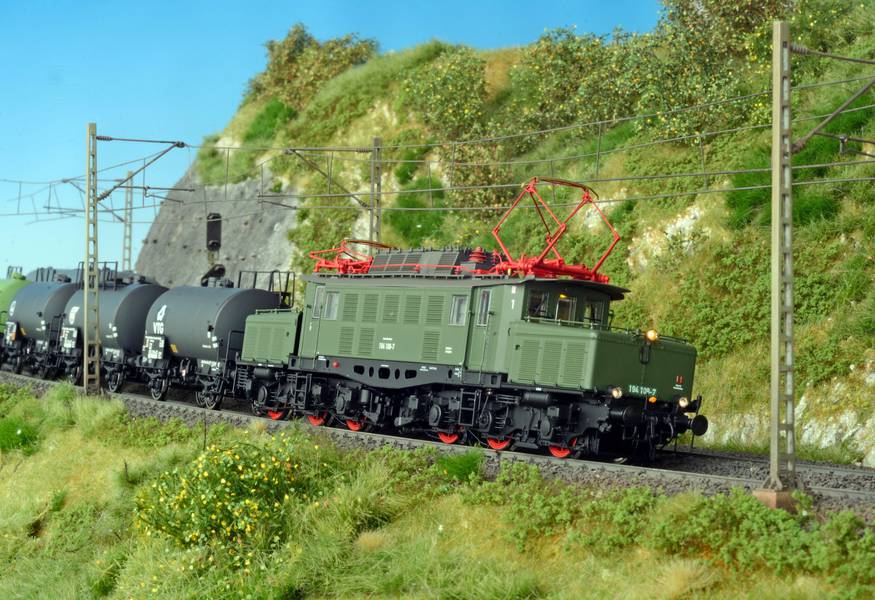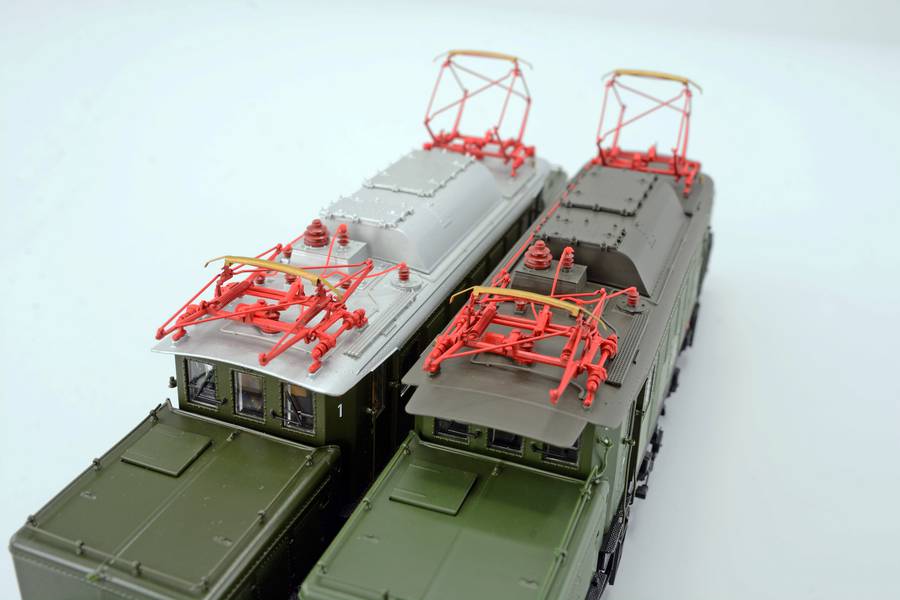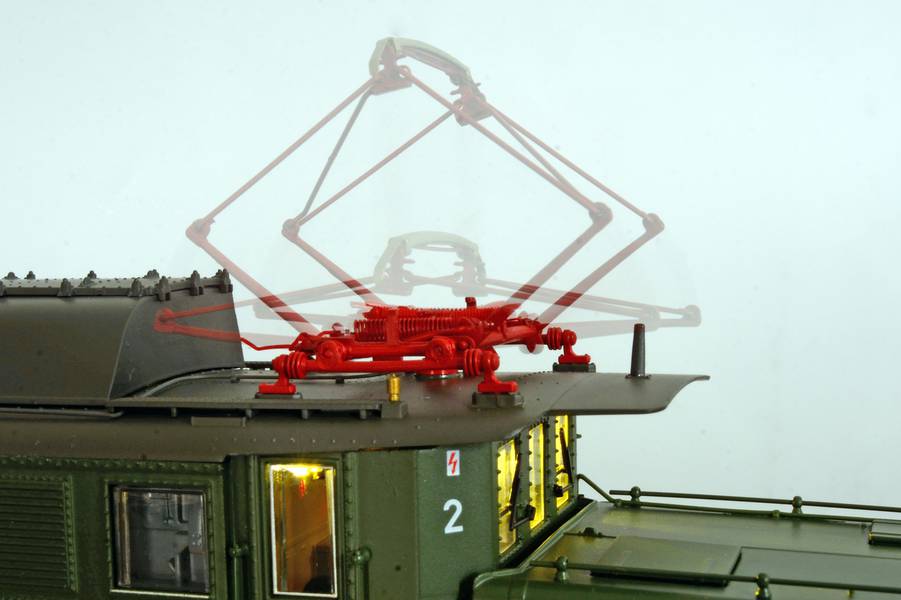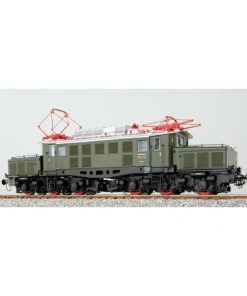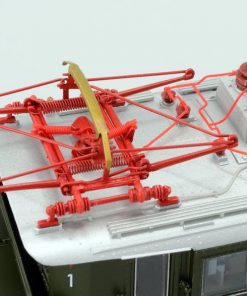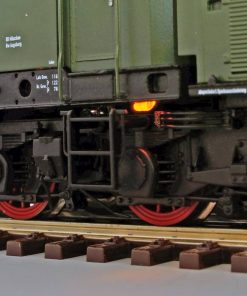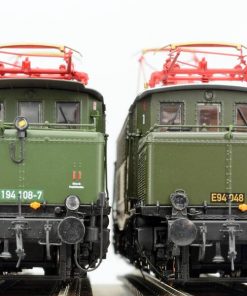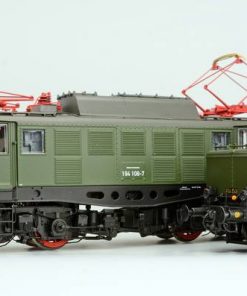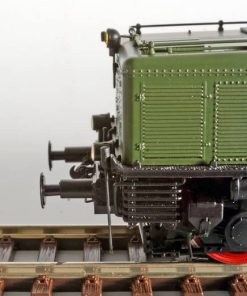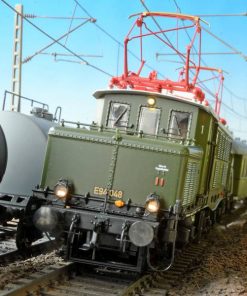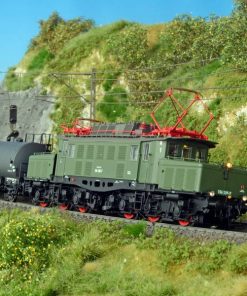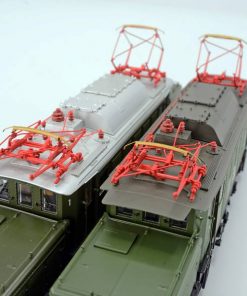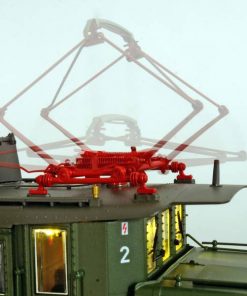-
×
 HACK BRUECKEN T28
1 × 60,00 €
HACK BRUECKEN T28
1 × 60,00 € -
×
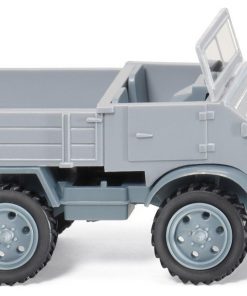 Wiking 087005 Unimog U411
1 × 17,00 €
Wiking 087005 Unimog U411
1 × 17,00 € -
×
 FLEISCHMANN 6515 - plug-in PROFI coupling, single
1 × 3,25 €
FLEISCHMANN 6515 - plug-in PROFI coupling, single
1 × 3,25 € -
×
 Heki 1819
1 × 10,60 €
Heki 1819
1 × 10,60 € -
×
 Liliput H0 L132525 E-10 AC digital
1 × 290,00 €
Liliput H0 L132525 E-10 AC digital
1 × 290,00 €
Subtotal: 380,85 €

 Ελληνικά
Ελληνικά
